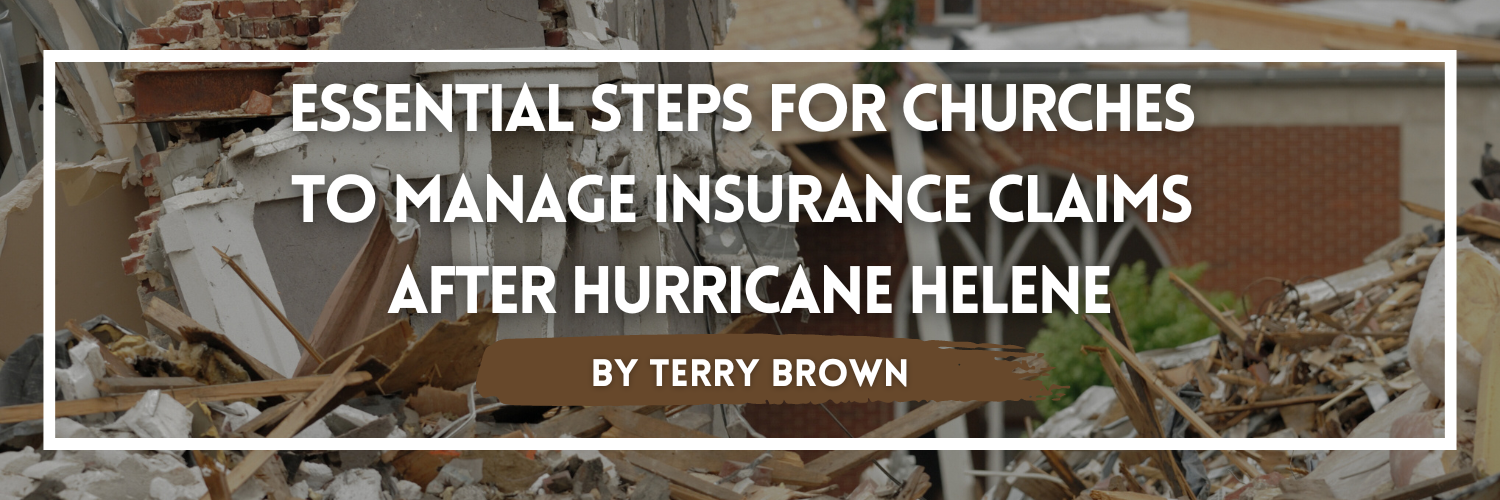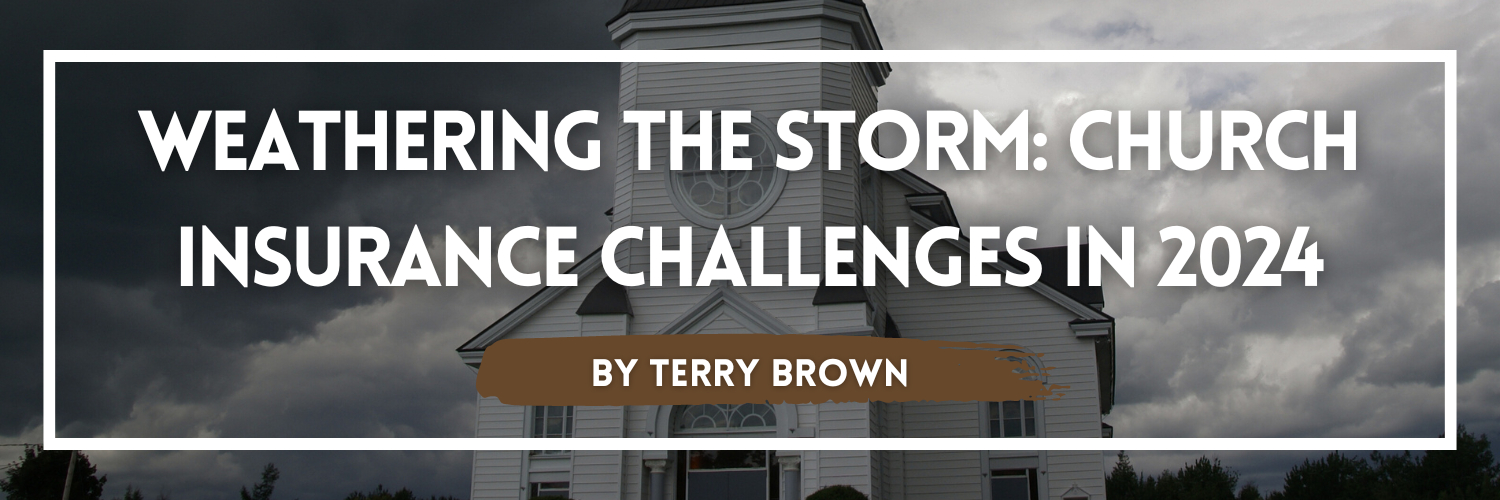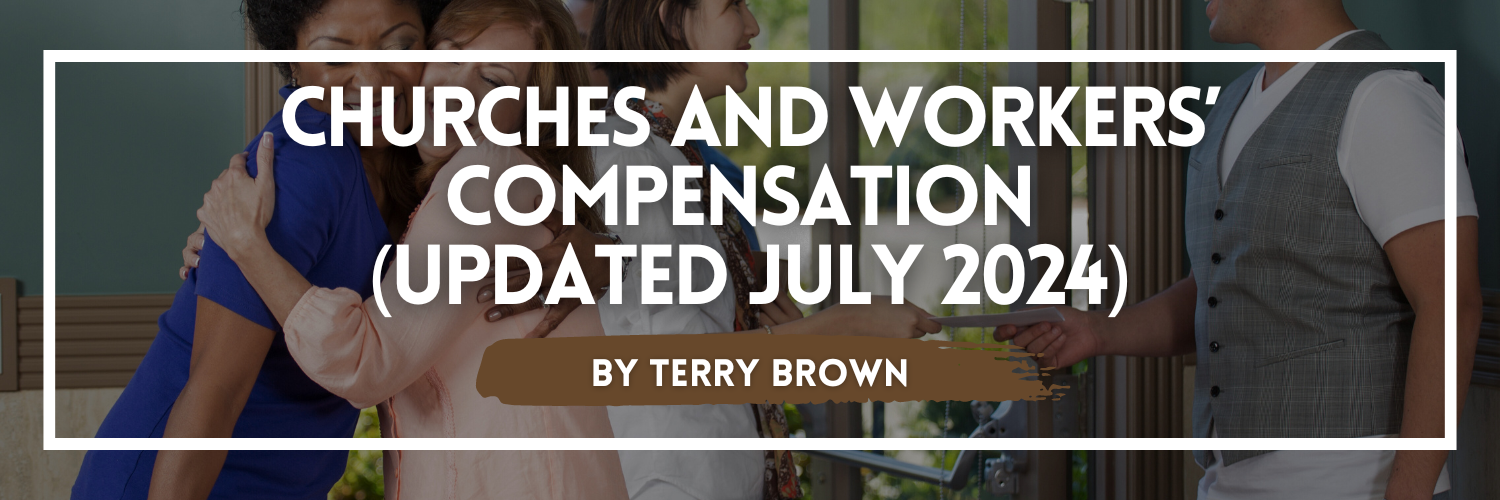Managing the cost of church insurance without sacrificing essential coverage is crucial for any religious organization. By implementing practical tips and strategies, such as conducting thorough risk assessments, increasing deductibles and leveraging group discounts, your church can save money on insurance premiums. These steps ensure that your ministry remains financially healthy and well-protected.
KEY POINTS
- Conduct a thorough risk assessment to tailor your insurance coverage.
- Increase deductibles to lower premiums.
- Implement safety programs to reduce the likelihood of claims.
- Review and update your coverage regularly to reflect current needs.
Here are some detailed strategies to help you save on church insurance costs:
Conduct a Thorough Risk Assessment
Conducting a thorough risk assessment is a critical step in managing your church’s insurance costs. By identifying specific risks and taking preventive measures, you can tailor your insurance coverage more precisely and potentially lower your premiums. Here’s how to conduct an effective risk assessment:
Identify Potential Hazards
Assess areas where fires could start, such as kitchens, heating systems, and storage areas. Identify combustible materials and ensure they are stored safely. Examine entry points, windows, and any areas that may be susceptible to break-ins or vandalism. Evaluate risks from natural disasters like floods, earthquakes, or severe weather, especially if your church is located in a high-risk area.
Install Safety Equipment
Place smoke detectors throughout the building, particularly in high-risk areas like kitchens and furnace rooms. Ensure fire extinguishers are easily accessible and regularly inspected. Install alarm systems, surveillance cameras, and secure locks on all doors and windows. Use motion-sensitive lighting around the premises to deter intruders. Clearly mark emergency exits and ensure they are unobstructed. Install emergency lighting to guide congregants safely during an evacuation.
Regular Maintenance
Schedule annual inspections and maintenance of heating systems to prevent malfunctions that could lead to fires. Have a certified electrician inspect your wiring periodically, especially in older buildings, to ensure it meets current safety standards and is free of hazards. Regularly check for leaks and ensure that plumbing systems are in good working order to prevent water damage.
Document and Monitor
Maintain a log of all safety inspections, maintenance activities, and upgrades. This documentation can be useful for insurance purposes and helps keep track of your efforts to mitigate risks. Perform regular safety audits to reassess risks and ensure all safety measures are up-to-date. Involve church staff and volunteers in these audits to raise awareness and foster a culture of safety.
Implement Risk Management Practices
Conduct regular training sessions for staff and volunteers on emergency procedures and the proper use of safety equipment. Organize fire drills and evacuation exercises to ensure everyone knows how to respond in an emergency. Develop and enforce child protection policies to safeguard against risks associated with youth activities, including background checks for volunteers and staff working with children.
This proactive approach not only helps in lowering insurance premiums but also ensures a safer environment for your congregation.
Increase Deductibles
Opting for a higher deductible can significantly lower your insurance premiums. Here’s how to manage this strategy effectively:
Example Savings
If your current deductible is $1,000, increasing it to $5,000 could reduce your annual premium by hundreds of dollars. For larger churches, raising the deductible from $1,000 to $10,000 might provide even greater savings. For instance, a church paying $2,000 annually with a $1,000 deductible might see its premium drop to $1,700 with a $5,000 deductible.
Financial Preparedness
Create a dedicated emergency fund to cover the higher deductible, ensuring your church can handle potential claims without financial strain. For example, if you increase your deductible to $5,000, set aside at least this amount in a readily accessible savings account.
Consolidated Coverage
Instead of having separate policies for property and liability insurance, bundling them into a single policy can reduce administrative costs and premiums. For example, combining general liability and property insurance might save your church premium dollars compared to purchasing these policies separately.
Comprehensive Packages
Look for insurance providers that offer comprehensive packages tailored specifically for churches, covering everything from general liability to cyber insurance. These packages can provide extensive coverage while taking advantage of bulk pricing.
Implement Safety Programs
Demonstrating that your church prioritizes safety can lead to increased premium credits. Regular safety audits and risk management practices can reduce the likelihood of claims:
Safety Drills and Training
Conduct regular fire drills, establish a child protection policy, and train volunteers on safety protocols. This not only improves safety but also shows your insurer that you are proactive in managing risks. For example, regular fire drills can ensure everyone knows the evacuation plan, reducing the risk of injury during an actual emergency.
Enhanced Security Measures
Install adequate lighting in parking areas and walkways to prevent accidents and enhance security. Use slip-resistant mats in high-traffic areas to reduce the risk of falls. Additionally, installing a monitored security system can deter theft and vandalism, potentially lowering your insurance premiums.
Review and Update Your Coverage Regularly
Ensure your coverage accurately reflects your church’s current situation. Here’s how to manage this effectively:
Remove Unused Assets
If your church no longer uses a specific building or equipment, make sure it is removed from your property coverage. This could include old computers or furniture that are no longer in use.
Inform Insurer of Upgrades
If your church has upgraded its security system, inform your insurer to potentially lower your premium. For example, if you’ve installed a new fire suppression system, your insurer may offer premium credits. Regularly reviewing your insurance policy can help you discover new credits or eliminate redundant coverage.
Insurance Pools
Joining a regional or national church insurance pool allows your church to benefit from shared risk management resources. These pools often provide additional resources such as risk management training and emergency preparedness support.
Additional Tips for Reducing Premiums
Energy Efficiency
Implement energy-efficient practices and install eco-friendly systems. Some insurers offer discounts for churches that take steps to reduce their environmental impact. For example, upgrading to energy-efficient HVAC systems can lead to insurance credits.
Policy Customization
Work with a specialized church insurance agent like me to customize your policy based on your specific needs and activities. Tailored coverage ensures you are not paying for unnecessary protections while maintaining essential coverage. This might include specific coverage for church vehicles or mission trips.
Conclusion
By implementing these strategies, your church can manage insurance costs effectively without compromising on the necessary coverage to protect your ministry. Regularly revisiting and updating your insurance strategy ensures that your church remains adequately protected while optimizing financial resources.
For personalized advice and to explore tailored insurance options for your church, contact me, Terry Brown, for a free church insurance quote. Click the link below to get started and ensure your ministry is financially healthy and well-protected.
Get a Free Church Insurance Quote from Terry Brown
Frequently Asked Questions
Q: How often should we conduct a risk assessment for our church?
A: It’s advisable to conduct a risk assessment annually or whenever there are significant changes to your property or activities. Regular assessments help ensure that your insurance coverage is up-to-date and reflects your current risk profile.
Q: What are the most effective safety measures to implement in our church?
A: Installing smoke detectors, fire extinguishers, and security systems are some of the most effective measures. Regular maintenance of heating systems, electrical wiring, and plumbing, as well as conducting fire drills and safety training, can significantly reduce risks and potentially lower insurance premiums.
Q: How can increasing our deductible save us money on insurance premiums?
A: Increasing your deductible can lower your premium because you agree to pay more out-of-pocket in the event of a claim. For example, raising your deductible from $1,000 to $5,000 could reduce your annual premium by 5-6 %. Ensure you have funds set aside to cover the higher deductible if needed.
Q: What are the benefits of bundling insurance policies for our church?
A: Bundling insurance policies, such as property and liability, into a single package can lead to savings. It reduces administrative costs and can often provide comprehensive coverage at a lower overall premium.
Q: What steps should we take to ensure our insurance coverage is up-to-date?
A: Regularly review your insurance policy, at least annually, or after any major changes to your property or activities. Remove coverage for unused assets, inform your insurer of any security or safety upgrades, and adjust coverage limits to reflect your current needs.
Q: Are there specific insurance policies that our church should consider customizing?
A: Yes, consider customizing policies to cover unique aspects of your church’s operations, such as church vehicles, mission trips, and special events. Working with a specialized church insurance agent can help ensure you have tailored coverage that meets your specific needs.
Q: What types of energy-efficient practices can lead to insurance credits?
A: Implementing energy-efficient practices such as installing solar panels, upgrading to energy-efficient HVAC systems, and using LED lighting can lead to premium credits from insurers who recognize these efforts as reducing overall risk and promoting sustainability.
Q: How can our church prepare for a potential insurance claim?
A: Keep detailed records of all property, equipment, and activities. Maintain an up-to-date safety log, train staff and volunteers on emergency procedures, and ensure everyone knows how to document and report incidents promptly to your insurer.




